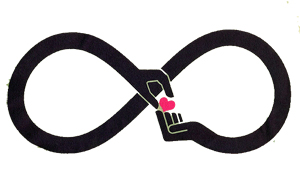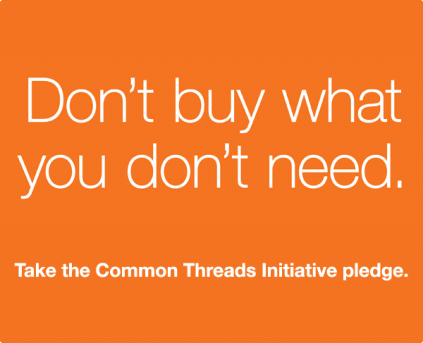In 1971, Professor Dennis Regan started a small scale experiment. He was curious if people would be more willing to follow a request from a person who previously gave them a gift.
During the experiment, Regan’s assistant would leave the room and in half the cases return with a free can of coke saying the experimenter was happy to give them a drink. After the experiment, the assistant would ask his fellow participant to help him win a prize by buying raffle tickets from him. (Regan, 1971)
The result was astonishing: the participants who received a free coke bought twice as many tickets than the one who did not get a coke.
The experiment demonstrated the power of a psychological principle called reciprocity. People feel obliged to return favours which also forms the base of the saying ‘You have to give to receive’. Further, the returned favour also often outweighs the original gesture (Learnvest, 2011), making it a profitable business tactic.

Reciprocity in Blogging
Reciprocity is one of the principles that make content marketing and therefore blogging so powerful. Bloggers give valuable content to their audiences for free thereby making people more inclined to open their wallets afterwards to return the favour.
One popular type of content that many bloggers nowadays use to market their products are free webinars. These are hour long information-packed presentations, accompanied with a short Q&Y session and a sales pitch at the end.
The perceived value of webinars is high due to the length, the fact that it is live and that there is a sense of community when people interact with each other and the blogger on the webinar chat. Webinars work because they make use of the power of reciprocity: offering a favour in the form of free information which makes people even more likely to purchase afterwards.
Alex Beadon, a blogger i’ve been following, also launched her new online course with a free webinar. She gave away parts of the course content which is valuable on it own but leave people slightly hungry to also incentivise them to join her course. In my experience, I have bought from webinars before – despite the fact that I firmly decided I would not do it. This has demonstrated the power of webinars to me. This is something that many other types of businesses can benefit from.
Reciprocity, amongst other psychological principles, play a huge part in blogger successes. Whereas webinars are one of the newer tools available for marketing, reciprocity has been around since the beginning of mankind. Marketing tools and tactics will inevitable change in the future, however the nature of humans is not likely to change. This makes psychological principles such as reciprocity – which drive human behaviour – highly relevant and valuable for future marketers
Marketers who want to succeed in today’s ever-changing competitive environment, therefore need to understand not only the strategies and tactics, but most importantly the psychological principles behind them. By understanding the underlying psychology of why a particular marketing strategy works, marketers are able to reassemble them and create new ones that will work and get people’s attention.
Do you feel like we are learning enough about the psychology of marketing? Do you feel it’s relevant to your future?
References
LearnVest, (2011). Say No to That Free Sample! The Rule of Reciprocity. [online] Available at: http://www.learnvest.com/knowledge-center/put-back-that-free-sample-the-rule-of-reciprocity/ [Accessed 3 Nov. 2014].
Regan, D. (1971). Effects of a Favor and Liking on Compliance. [online] Communicationcache. Available at: http://www.communicationcache.com/uploads/1/0/8/8/10887248/effects_of_a_favor_and_liking_on_compliance.pdf [Accessed 7 Nov. 2014]





